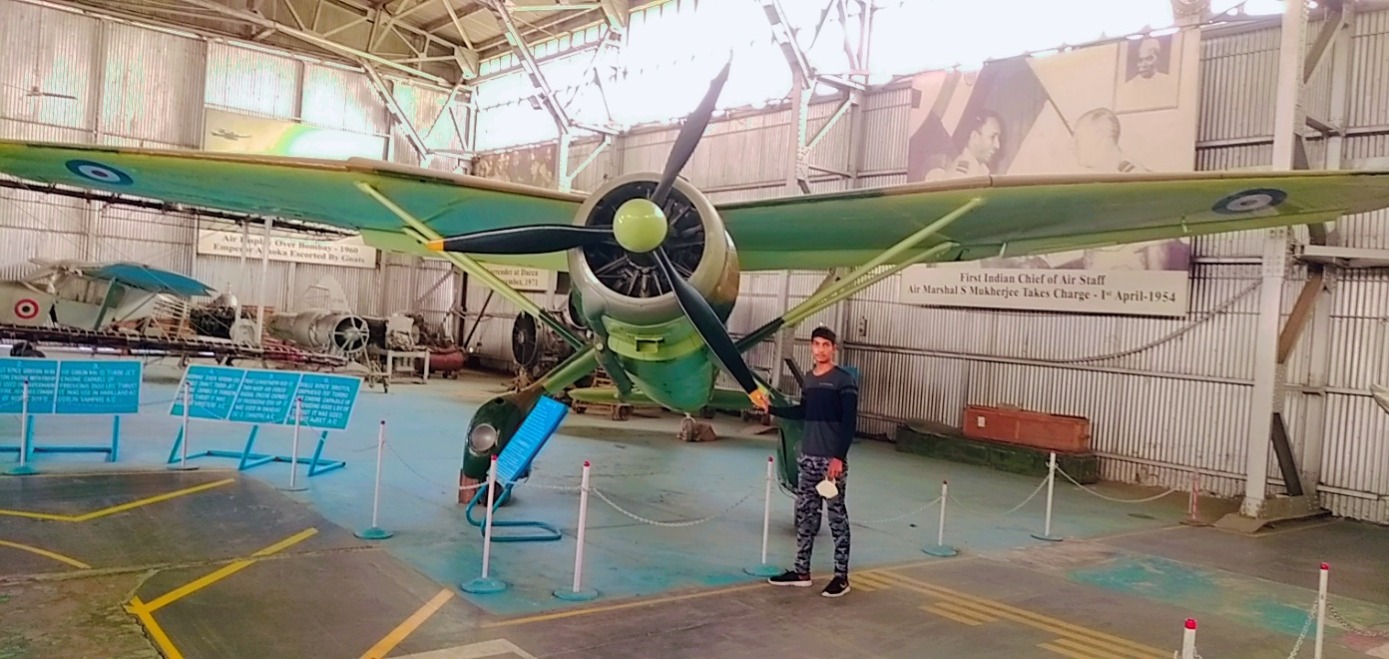Fresh SSB batches starts around 1st & 15th of every month.
What do you believe is the primary driver of increasing global tensions today? Leads:
a) Leadership Challenges
b) Arms Race
c) Lack of Resources
"When leadership falters, weapons multiply, and resources shrink — the world stands closer to conflict than cooperation."
a. Leadership Challenges
- The quality of global leadership directly impacts how countries resolve disputes, manage alliances, and navigate crises.
- Rise of populist, authoritarian, and nationalist leaders has led to polarization, diplomatic breakdowns, and military brinkmanship.
- Inability to handle global issues like climate change, pandemics, and migration is intensifying tensions.
- Examples: Russia-Ukraine war, US-China rivalry, Middle East instability — all worsened by leadership failures.
✅ Impact: Leadership challenges act as a root cause, setting the stage for further escalation.
b. Arms Race
- The modern arms race — including nuclear weapons, hypersonic missiles, and AI-based warfare — increases distrust among nations.
- Countries feel pressured to outpace rivals militarily, leading to security dilemmas and regional instability.
- High military spending diverts funds from social welfare and diplomacy, deepening global inequalities and grievances.
✅ Impact: Arms race escalates fear, reduces dialogue space, and heightens chances of conflict.
c. Lack of Resources
- Growing scarcity of critical resources like water, energy, food, and rare earth minerals is sparking economic rivalries and border disputes.
- Climate change is worsening resource shortages, causing mass migrations, internal conflicts, and international tensions.
- Example: Tensions over water sharing in South Asia and oil politics in the Middle East.
✅ Impact: Resource scarcity fuels competition, humanitarian crises, and geopolitical disputes.
Conclusion
While the arms race and resource scarcity are powerful factors, it is ultimately leadership challenges that decide whether disputes are managed peacefully or escalate into conflicts. Strong, visionary leadership remains the most critical need to reduce global tensions.
